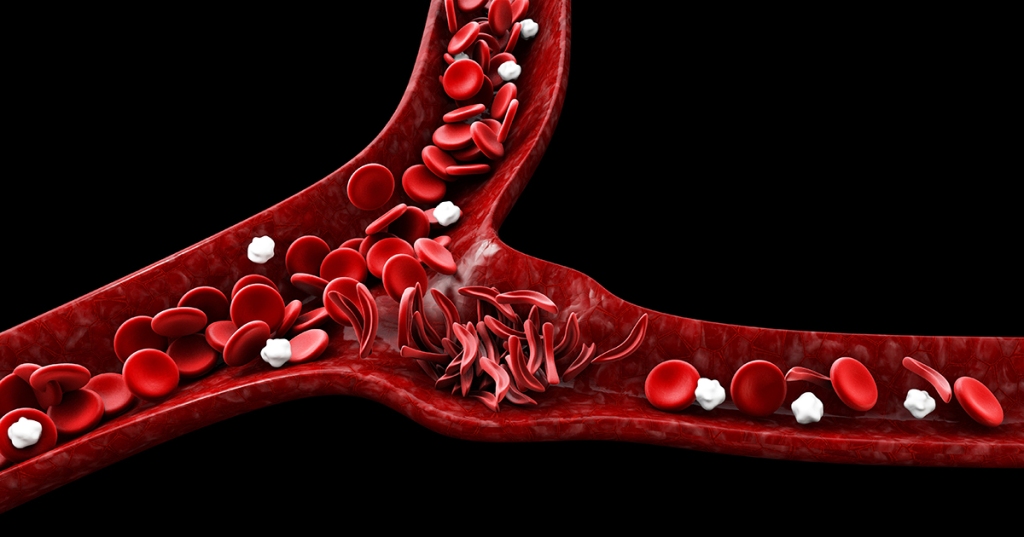by Dr Makini McGuire-Brown

September is Sickle Cell Awareness month and it was so amazing to me to read the information produced in North America, describe sickle cell as a “rare disease”. As they say, everything is relative. I studied medicine at the University of the West Indies in Jamaica where sickle cell can hardly be called a rare disease. The Sickle Cell Unit of the Caribbean Institute for Health Research (formerly TMRI) has been doing ground breaking research on Sickle Cell Disease since the 1970s that has informed guidelines worldwide. In Jamaica, 1 in 150 babies born have Sickle Cell Disease. With globalisation and immigration, “rare diseases” in certain countries will begin to become not so rare. Medical knowledge sharing around the globe and physicians who have been trained in countries that have these rare diseases as endemic should be leveraged to take care of those affected by the disease.
Sickle Cell disease is one of those diseases that has wide spread effects on the body and patients with Sickle Cell disease often fall into the immunocompromised category. They have to be careful of several situations in which having Sickle Cell disease can make it more likely for them to have complications of diseases that would not affect others as badly. COVID-19 is one such situation. Those with Sickle cell have higher rates of hospitalisation, complications and death when infected with the COVID-19 virus.

Sickle Cell disease affects one of the most important cells in the body, the red blood cell. Red blood cells play an important role in carrying oxygen around the body to all of our organs. They are specially shaped to be able to bend and twist to get into our smallest blood vessels to provide oxygen to the smallest of areas. In Sickle Cell disease red blood cells lose their special shape to become, well, sickled. This sickled shape is a less efficient cell that causes a few problems, firstly it isn’t as good as carrying oxygen and secondly it sticks and clogs and bundles. These two things lead to most of the complications that we see with sickle cell disease.
Sickle cell patients have a weakened immune system that make it difficult for them to fight infections, lack of oxygen causing damage to organs like the kidneys and the lungs, sticking and clogging causing a higher risk of amputations and stroke. Clogging of the tiny blood vessels in the bone also causes painful crises. This is intense pain felt in the bones and joints that can incapacitate the person. These are just a few complications.
Sickle cell disease is most common in Black people and then less so in Mediterranean or Middle Eastern people. Sickle cell disease has several types and some people just have the trait rather than the full blown disease. Because sickle cell genes are passed on through inheriting it from ones parents, those with the trait can pass it on to their children. If 2 people with the trait pass on the gene to one child, that child will have full blown sickle cell disease.
It can be a really difficult disease to deal with and bringing awareness to it is very important! So read a bit on Sickle Cell disease this month!
